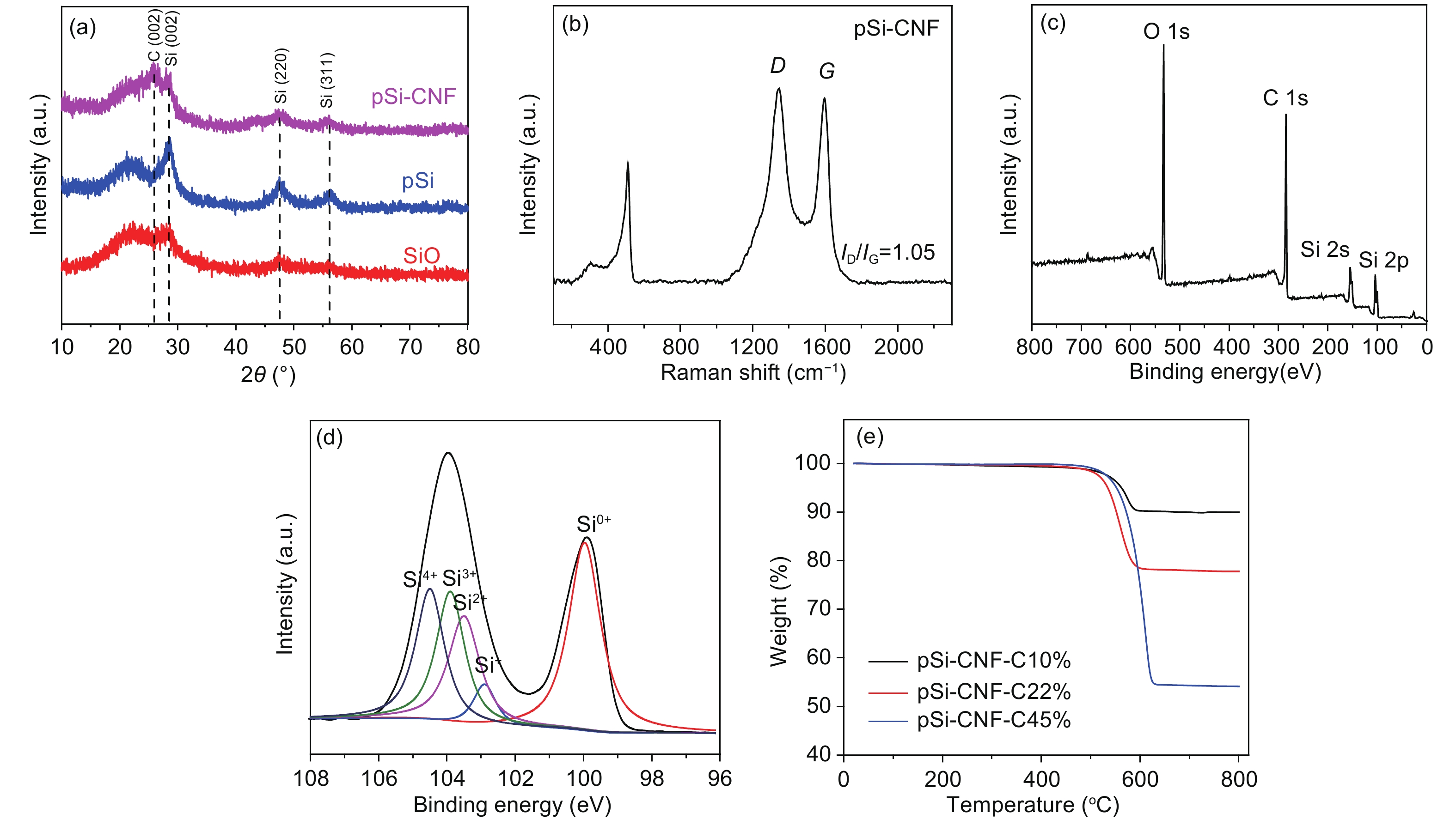

Inspired by early theoretical works, various strategies have been proposed for alleviating dendrite proliferation in LMBs. These concerns are greater in rechargeable batteries that utilize other, more earth abundant metals such as sodium and to some extent even aluminum. LMBs are also limited by low cell operating lifetimes due to parasitic chemical reactions between the electrode and electrolyte. Large-scale, commercial deployment of LMBs are today limited by safety concerns associated with unstable electrodeposition and lithium dendrite formation during cell recharge. By replacing the carbonaceous more » host material used as the anode in an LIB with metallic lithium, rechargeable lithium metal batteries (LMBs) with higher storage capacity and compatibility with low-cost, high-energy, unlithiated cathodes such as sulfur, manganese dioxide, carbon dioxide, and oxygen become possible.

Materials science, transport phenomena, and electrochemistry in the electrodes and electrolyte that constitute such batteries are areas of active study worldwide because significant improvements in storage capacity and cell lifetime are required to meet new demands, including the electrification of transportation and for powering emerging autonomous aircraft and robotics technologies. It compromises high energy, high power, and design flexibility for long cell operating lifetimes and safety. The lithium ion battery (LIB) in widespread commercial use today is a compromise technology. Secondary batteries based on lithium are the most significant energy storage technology for contemporary portable devices. Herein we report our recent efforts to utilize the XPS to gain deep insight about these interfaces under realistic conditions with varying electrochemistry involving RFB, LIB and = , However, accessing the deeply buried solid-electrolyte interfaces (which dictates the performance of energy storage devices) has been a challenge in XPS usage. X-ray photoelectron spectroscopy (XPS) - a powerful surface analysis tool - has been widely used to study these energy storage materials because of its ability to identify, quantify and image the chemical distribution of redox active species. Material complexities associated with these energy storage devices with unique electrochemistry are formidable challenge which needs to be address for transformative progress in this field.

Wide range of energy storage devices, Redox-flow batteries (RFB), Lithium ion based batteries (LIB), and Lithium-sulfur (LSB) batteries are being developed for various applications ranging from grid-scale level storage to mobile electronics. In this study, technological development requires reliable power sources where energy storage devices are emerging as a critical component.


 0 kommentar(er)
0 kommentar(er)
